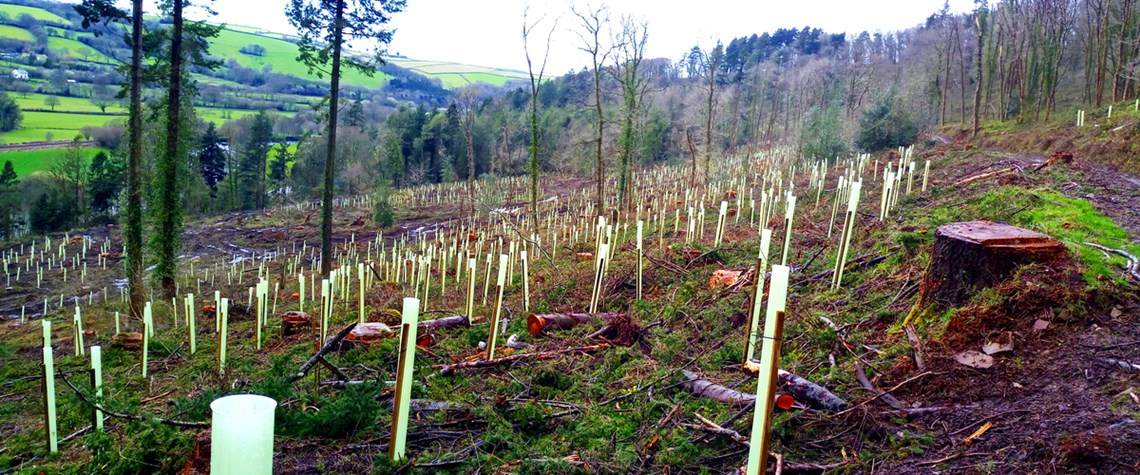Ambiguities dull lustre of carbon-neutral LNG
The complexity and cost of pricing carbon emissions from LNG’s full lifecycle will likely deter adoption—so a narrower approach may work better
Sales of so-called carbon-neutral LNG cargoes may have created positive PR for the companies involved. But it remains an amorphous term with no industry consensus about how to measure emissions or quantify offsets. Carbon-neutral LNG can involve engineering improvements to lessen carbon intensity and methane losses, carbon capture and storage, and reduced flaring. Other strategies include using renewable power, switching to biomethane as a feedstock, and upgrading ships and engines to make them more fuel-efficient. But, more commonly, not much changes from an operational viewpoint, with industry players instead buying carbon offset credits. Proponents argue offset credits measure and certify

Also in this section
12 December 2025
The latest edition of our annual Outlook publication, titled 'The shape of energy to come: Creating unique pathways and managing shifting alliances', is available now
12 December 2025
The federal government is working with Alberta to improve the country’s access to Asian markets and reduce dependence on the US, but there are challenges to their plans
11 December 2025
The removal of the ban on oil and gas exploration and an overhaul of the system sends all the right messages for energy security, affordability and sustainability
10 December 2025
The economic and environmental cost of the seven-year exploration ban will be felt long after its removal







